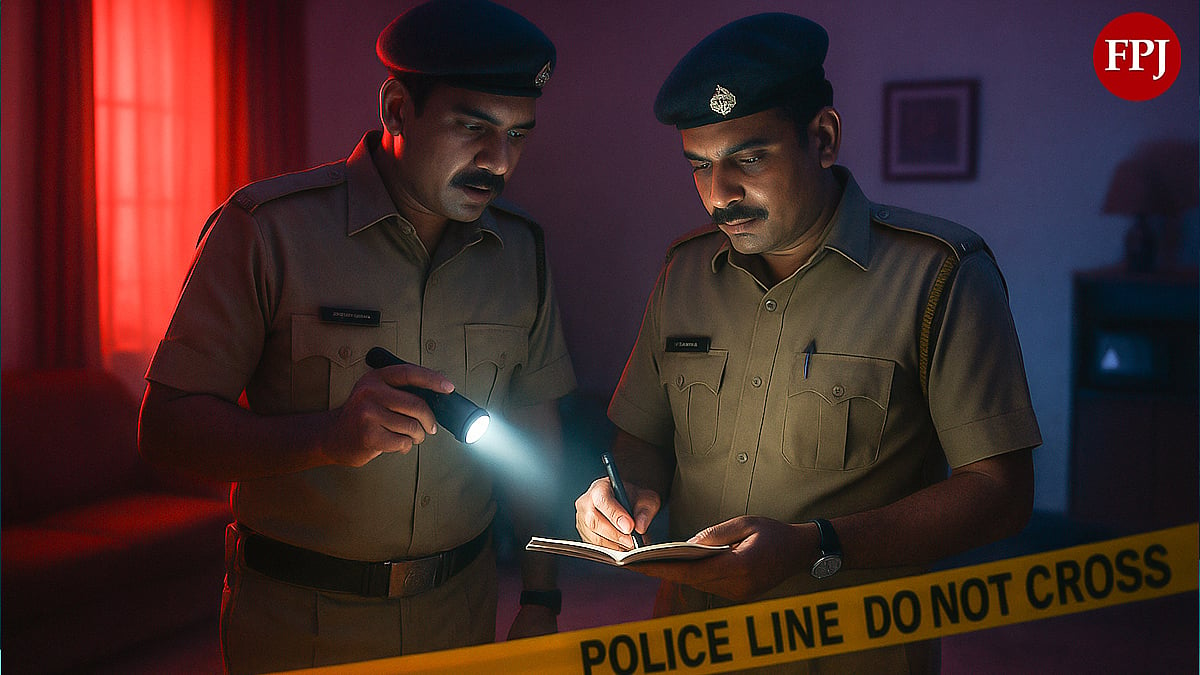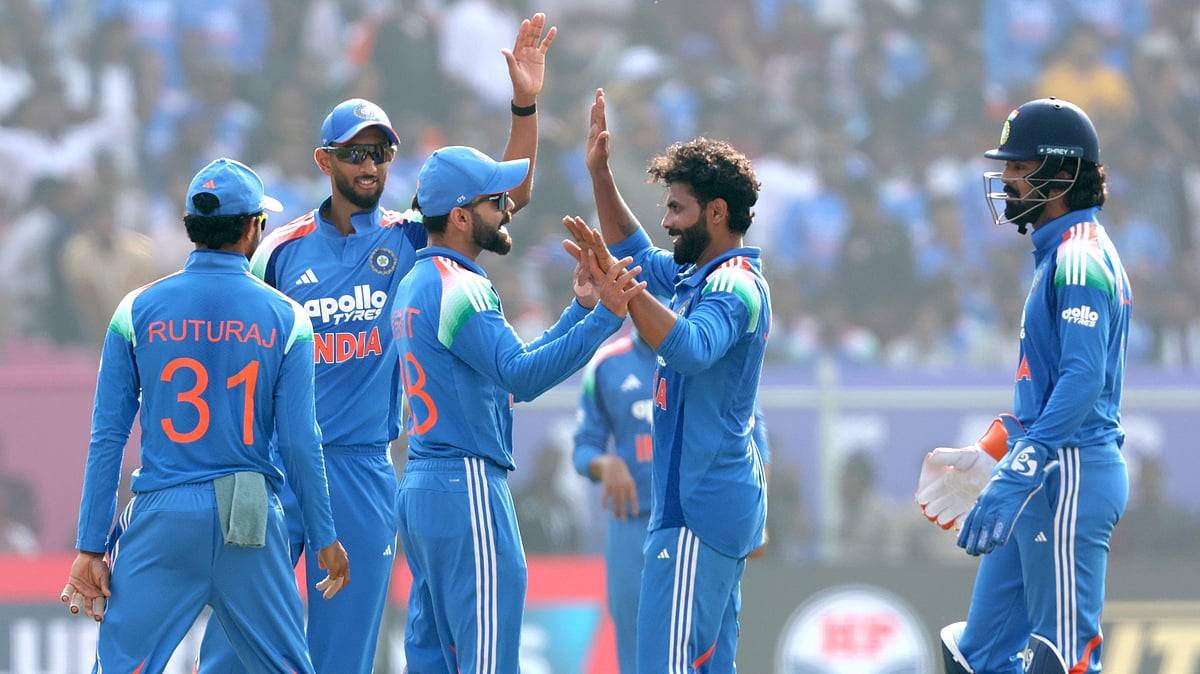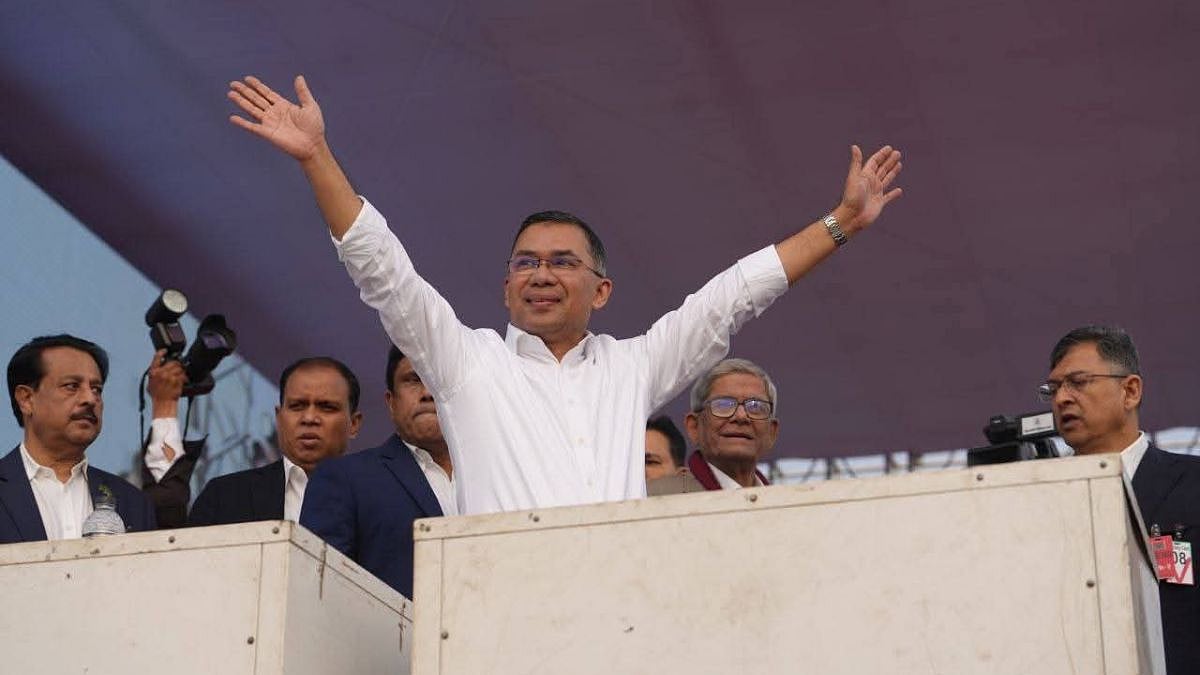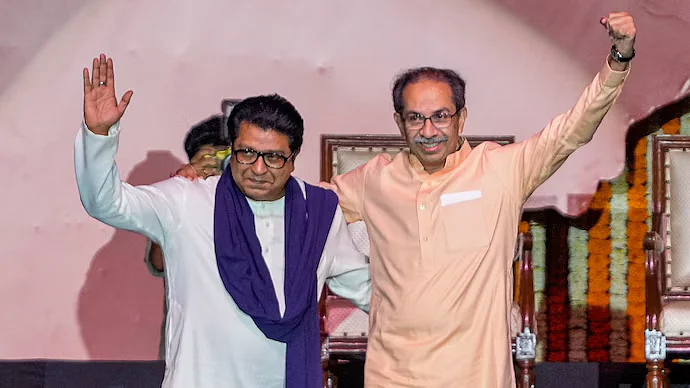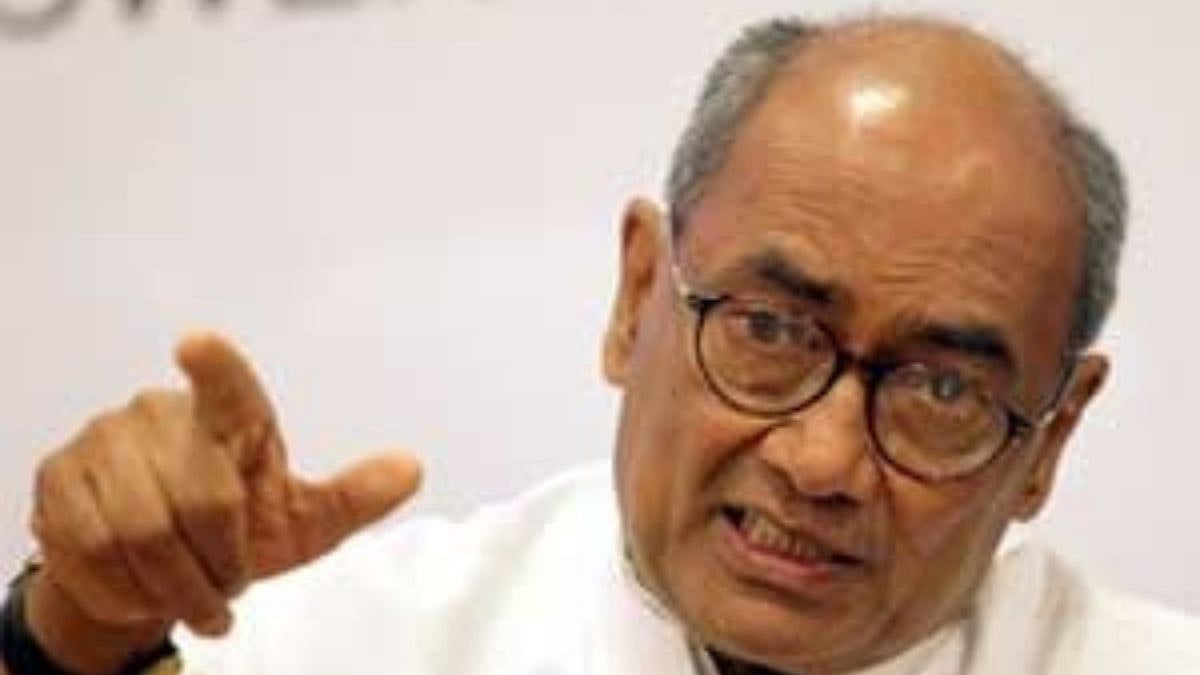In the 1980s when Naxals started infiltrating into Maharashtra from Andhra Pradesh, they targeted the poorest of poor areas of the state and entered Gadchiroli. As per their strategy, they targeted the poor and downtrodden and started giving them a narrative against the government, the police machinery and administration. They came out with a slogan ‘People’s War for People’s Government’ or ‘Liberation against state repression’ or ‘Power flows through the barrel of a gun’. They developed a cordial relation with the poor villagers and adivasis by regularly visiting them and telling them how the government was working only for the rich and neglecting the downtrodden.
Initially, the government of the day and the police did not give much heed to a bunch of migrants coming into the state. However, as the movement grew, within a few years, six districts of Gadchiroli, Chandrapur, Gondia, Yavatmal, Bhandara and Nanded came under Naxal influence and were part of the ‘Red Corridor’ which stretched all the way from Bihar in the north till Andhra Pradesh in the south. Naxals especially targeted Gadchiroli and made it their bastion.
When the Naxals attacked a patrol vehicle carrying commandos of the SRPF in the Rajura area of Chandrapur district in 1988 and killed seven commandos, everyone was shocked and stirred. The government took notice and decided to act. One of the first things that the government did was to develop a two-pronged strategy. On one hand the police force was strengthened and armed with the latest arms and other equipment to deal with the Naxals, and as part of the second aspect, it was decided to take a humane approach and educate the villagers and the adivasis about what the Naxals were trying to do.
Remote areas in Gadchiroli experienced this situation even more, as the Naxals had made strong in-roads in the area, and there was a solid sense of mistrust against the government agencies among the locals. Naxal propaganda that the government and its machinery were not for the poor villagers had made the locals vulnerable and susceptible to being exploited by the Naxals.
In the early 1990s, the elite C-60 commando unit was formed to take the fight to the Naxals. These commandos were specially trained and armed with the latest weapons. Initially these commandos were drawn from across the Maharashtra Police. However, when I was posted as Deputy Inspector General (DIG) from 1995-1998, I realised that policemen who came from other districts were not able to function efficiently as they were not familiar with the local language, terrain and even the villagers would not confide in them. It was decided that the majority of the young commandos would be taken from the local Gondis and Madiya tribes. This step proved to be extremely successful, as the policemen were local and were able to move around swiftly and efficiently.
Ever since the Naxal menace started, none of the states have managed to tackle the Naxals in a way the Andhra Pradesh Police have done. The Andhra model has been the most successful. They built the most elite commando force called the ‘Greyhound’ to take the Naxals head-on.
To support them an extremely robust Special Intelligence Branch (SIB) was built in which trained locals were recruited. They would provide vital information, identify top Naxal leaders, and their location. Working on this information the Greyhound commandos would attack the area and eliminate the Naxal leaders and their team-members.
This strategy has been so successful that within a span of two decades, the Andhra Pradesh Police eradicated the entire Naxal menace from their state and it is now a Naxal-free state. So much so, that there has been not a single Naxal-related incident or violence reported in the state in the past 15 years.
The Maharashtra Police also implemented this strategy, it has, however, not met with the kind of success that Andhra Pradesh got.As part of the outreach programme, the state government, the police, and local administration started taking various steps to make the villagers feel confident and comfortable with the government and the police. This would ensure they would not be influenced by the Naxals. Through community policing, locals were involved in various activities which gave the confidence in the police and did not fall prey to the Naxals.
To counter the Naxal propaganda, the state government also tried to undertake as many developmental measures as possible. Locals were encouraged to take up farming as means of earning livelihood. One initiative that was undertaken was the ‘gaonbandi’ (preventing Naxals from entering the village) program. The government even announced a cash reward for each village that takes part in the program and prevents Naxals from entering their village.
The programme received a very good response in the start and more than 200 villages took part in it. However, the promised cash rewards were not given to the villages and the programme was discontinued.
During my stint, the government and the police initiated a surrender policy for Naxals. It received tremendous success, with hundreds of Naxals surrendering, some top Naxals who had rewards worth lakhs of rupees also surrendered (I had mentioned about this in the first part of this series). Naxals who had surrendered were provided self-employment and education. They were given a chance to stand on their feet and so that they are not lured by the Naxals.
Among the latest programmes started by the Gadchiroli police under the supervision of Superintendent of Police (SP) Ankit Goyal is a scheme called ‘Police Dadalora Khidki’ or ‘Mava Hakka Tha Khidki’ (It means Police Bhaiya Ki Khidki or Mere Haq Ki Khidki).
According to Ankit Goyal, based on the learnings down the years in community policing, it was realised that there was a need to make processes simpler for the tribal population to connect with the district administration. To bring one window solution to the under-reached population, Police Dadalora Khidki or Mava Hakka Tha Khidki was conceptualized at all the 50 deep outposts of the Gadchiroli district.
Another interesting programme started by the Gadchiroli Police is called ‘Krishi Sahal’ (Agriculture Picnic). As the name suggests, this is a program under which farmers from remote, Naxal-affected villages of Gadchiroli are sent on a 12- day tour of Agri-universities and innovation centers across Maharashtra. In this tour, these villagers are exposed to and made aware of the latest and modern techniques of farming. When they see these news techniques and implement them in their farms and villages, they will be able to enhance their income and be able to do farming efficiently.
All these initiatives, schemes, programs over the past several years have finally borne fruit and today Naxals have been cornered into one small area in the Gadchiroli district. As per reports from the ground, these Naxals are not very active and do have the resources to conduct violent operations against the villagers and the police.
In 2004, the Ministry of Home Affairs (MHA) had reported that Naxals have increased their presence to over 15% in Maharashtra. From 2004 to 2021, the Naxals have now been reduced to just four platoons (one platoon consists of 25-30 Naxals) out of which only one is believed to be active and the others are dormant.
The police operation on November 13, 2021, in which 27 Naxals were killed in Gadchiroli is also a result of years of efforts by the State government, Police and local administration.
However, it has been experienced in the past, whenever, police conduct a major operation in which Naxals are killed and arrested, the Naxals lie low for a while, but within a year, conduct a retaliatory violent operation in which the police are targeted, so the Gadchiroli Police needs to be extremely careful and be prepared for any retaliation from the Naxals.
(The writer is the retired director general of police (DGP), Maharashtra & former chief of the elite Mumbai crime branch. He has worked in the intelligence bureau (IB) and was posted as dig in Gadchiroli. He is also an award-winning author.)


